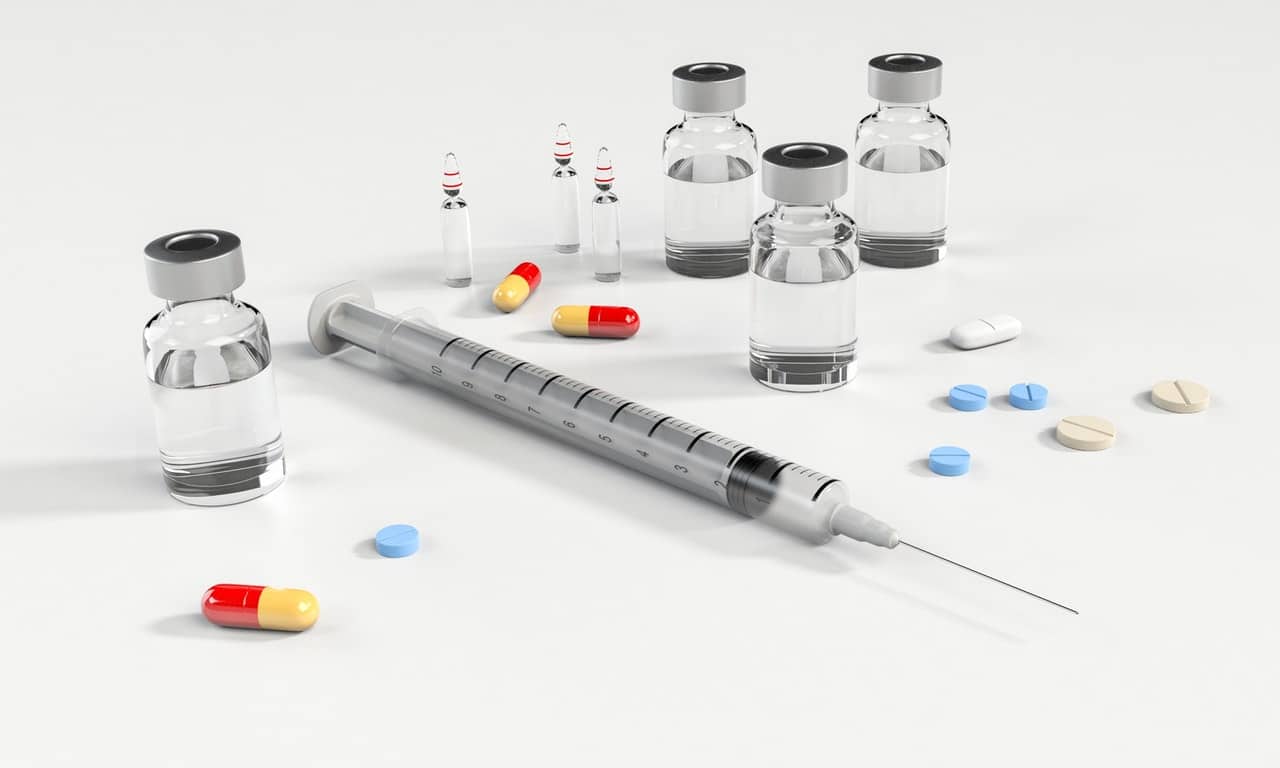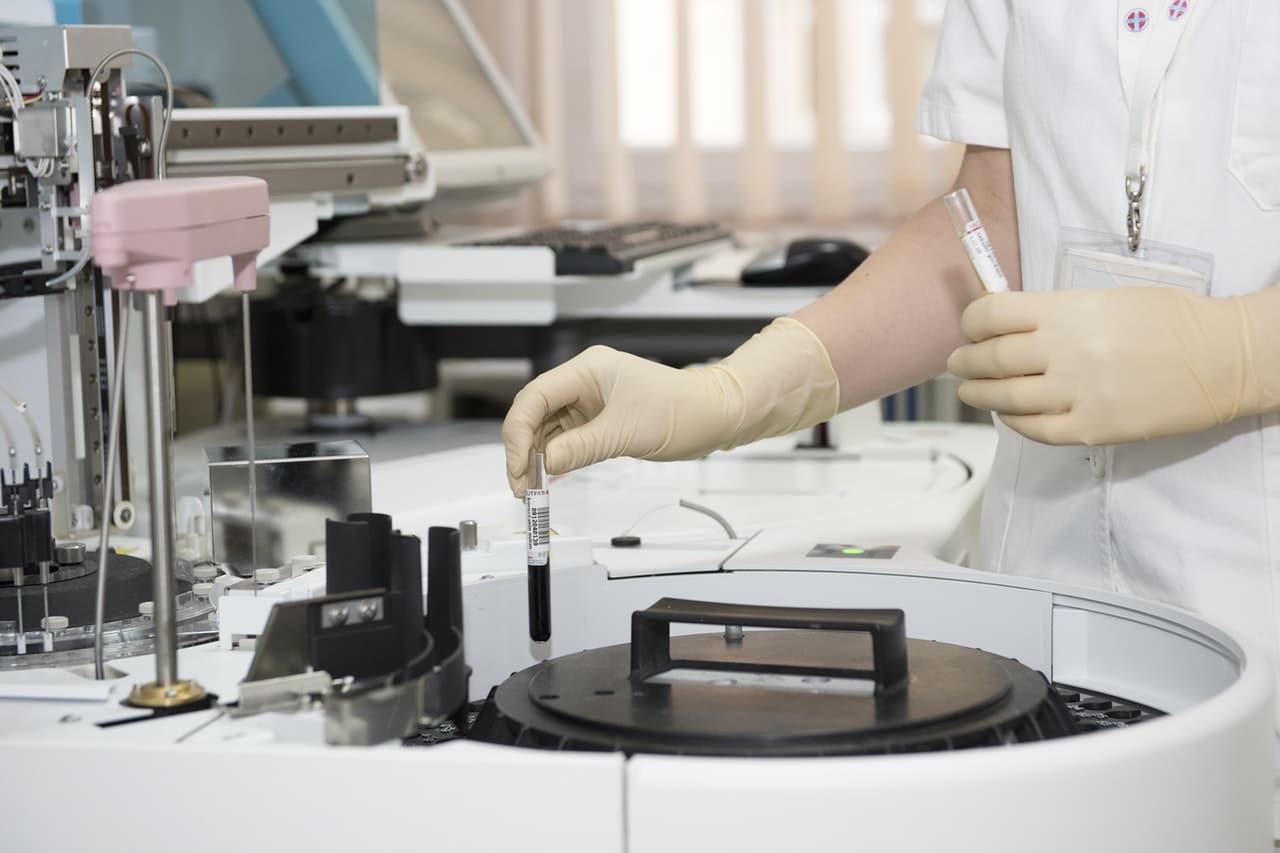Learning how and when to begin a long-term testosterone therapy program doesn’t have to be a difficult process. As a general rule, the earlier that a testosterone deficiency is detected and testosterone replacement therapy is started, the more advantageous it will be for the patient. Many hormone replacement doctors, especially those found at nationwide providers like TRT Medical Center, are very willing to explain their procedural details and when it is best to begin treatment on a case-by-case basis.
Until Low T symptoms begin to appear, men rarely have a physiological reason to concern themselves with thinking about the various issues involved in using testosterone therapy it. They seldom wonder about whether it will be safe for them to use it or how long it will take for them to achieve results. Yet it would be better for men of all ages to learn about these and a few other key things before they develop a deficiency that is causing such severe and chronic symptoms that their Low T is threatening their overall condition of healthiness and diminishing their self-satisfaction.
How testosterone therapy is typically instigated is by having a simple blood test designed to clinically measure the accessible male hormone supply that a patient has remaining. This is usually performed in conjunction with both a medical evaluation of the patient’s current symptomatology and a full medical examination to determine their current state of health. If their test results indicate sub-normal hormone levels and their other health parameters allow it, the doctor will recommend the appropriate program of testosterone replacement for the patient to begin using.
IMAGE: PIXABAY
Is Testosterone Therapy Safe?
Even though testosterone therapy has been deemed medically safe to use for many patients (based on their individual physiological circumstances), it is normal for people to question the safety of any medical treatment or procedure recommended by their healthcare providers. However, what has confused some adults in regard to the safety of using a testosterone therapy program long-term are the mixed opinions that have been presented by various medical experts, which either seem to defend or question its relative safeness.
In the instance of using testosterone therapy long-term to restore abnormally low hormone levels to a patient’s healthier normal range, some confusion continues to linger about this treatment’s influence on cardiovascular and prostate health. Yet any unfounded concerns about it stimulating the growth of prostate cancer cells (which were disproven by the analyzed results of 3 independent registries that were published in The Journal of Urology® in 2014), or contributing to the development of heart disease (to the contrary, some clinical studies have indicated that men using a testosterone replacement regimen actually experience fewer cardiovascular health issues), have been repeatedly disproven by the extensive clinical trials and compilations of statistical data that have been performed to date.
Admittedly, those who urge greater caution than what has already been established will probably always want to see still more evidence that its proven benefits outweigh its possible long-term risks. However, while caution definitely has an appropriate place in all medical treatments, there is nothing that is medically advantageous or progressive about being overly cautious in regard to unproven or hypothetical risks.
Long-Term Testosterone Therapy For Men
What using a long-term testosterone therapy replacement regimen will mean for most men is using it for much or all of the remainder of their lives, just as people with many other types medical problems do. As shown in a recent population study, testosterone levels among US men are on the decline and it is the emergence of information from studies like these that are responsible for getting more of them to begin thinking about whether they should be using long-term testosterone therapy.
Some of the current studies on men’s declining and/or fluctuating hormone levels have been inspired by our increasing exposure to endocrine-disrupting chemicals. The scientists and doctors involved in these studies are hoping to be able to create ways to avoid the consequences on the many man-made environmental toxins that we now live among. While it often seems that too few people worry about how they will be affected by these circumstances in the long-term, too many of them are inclined to dismiss the many health benefits that have been attributed testosterone therapy because they claim that there has not been enough medical evidence produced about its possible long-term risks.
Yet there have always been people who are going to worry about the long-term risk of any new medical solution, such as the polio vaccine or the use of medical lasers. They seem to want all advances in medical science to be accompanied by an ironclad guarantee that there are absolutely no short- or long-term risks involved for any patient. This is obviously an impossible requirement to meet since all humans are uniquely and biologically programmed, which means that using any medical treatment, even something as simplistic as using a low-dose aspirin regimen, is always going to carry the potential for unpredictable or unforeseen risks for some people.
Testosterone Therapy For Women
Those who make the assumption that testosterone therapy is strictly a men’s health issue might be forgetting, or are simply unaware, that women produce (in their ovaries and adrenal glands) and require this hormone to remain optimally healthy during their lives. The amounts produced by their bodies are proportionately much lower than that of their masculine counterparts, and peak at around the age of 20, but their testosterone supply is nonetheless critical to sustaining their hormonal balance and optimal wellness throughout adulthood.
If that supply of testosterone is suddenly decreased due to a surgical event or health emergency (which is often referred to as a surgical menopause), that drop in a woman’s testosterone levels can cause a decline in her sex drive, as has been reported by numerous female patients. Examples of women who could be expected to derive health benefits from using a program of low-dosage testosterone therapy (sometimes called androgen therapy) are those who are suffering from an adrenal system issue; those who have had an oophorectomy (removal of the ovaries); and those with a very low sex drive that doesn’t appear to be related to medications or emotional problems.
Studies have indicated that women using supplemental testosterone therapy, which is often dosed as a testosterone patch, found that they experienced improvements in their sexual responsiveness along with increased sexual desire that resulted in more frequent sexual activity.
Some hormone therapy providers routinely advise against pre-menopausal female patients using a low-dose testosterone therapy regimen, but every case is unique. In particular medical circumstances, a doctor might decide that it could be advisable for the patient to use it even if she is pre-menopausal. This is a good example of why it is important for both women and men to only use a testosterone replacement program when it has been medically prescribed for them and will be medically supervised by the physician who prescribed it.
How Long Does It Take To See Therapy Results?
According to an article published by the European Journal of Endocrinology, results in Testosterone therapy patients typically start to experience a significant improvement in their deficiency symptoms within four to six weeks of beginning an injectable testosterone program; some patients will notice improvements within just two to three weeks. Yet as the article points out, the time course of the full spectrum of results to be experienced shows considerable variation among patients.
While your hormone levels will be successfully increasing from the very first treatment you use, it requires time for your body to fully respond in its own way; and the length of time that will be required for this is as individual as each patient who uses testosterone replacement therapy. However, here is how the time course generally affects most male patients:
- Sexual interest: Starts improving after 3 weeks and plateaus at about 6 weeks
- Improvements in erections/ejaculations: 6 months
- Improvements in depressive moods: Detectable within 3 to 6 weeks; maximized within 18 to 30 weeks
- Changes in fat mass and muscle improvements: Occur within 12 to 16 weeks; stabilize at approximately 6 to 12 months; can continue marginally thereafter
- Improvements in bone strength: Detectable after 6 months and can continue for a minimum of 3 years
The article we have cited also concluded that the variation in the time course for the spectrum of testosterone therapy’s beneficial results is probably also influenced by the pharmacodynamics of the treatment being used along with other contributing factors. These could include androgen receptor polymorphism; genomic and non-genomic effects; and intracellular steroid metabolism.
If you are interested in even more lifestyle-related articles and information from us here at Bit Rebels then we have a lot to choose from.


COMMENTS